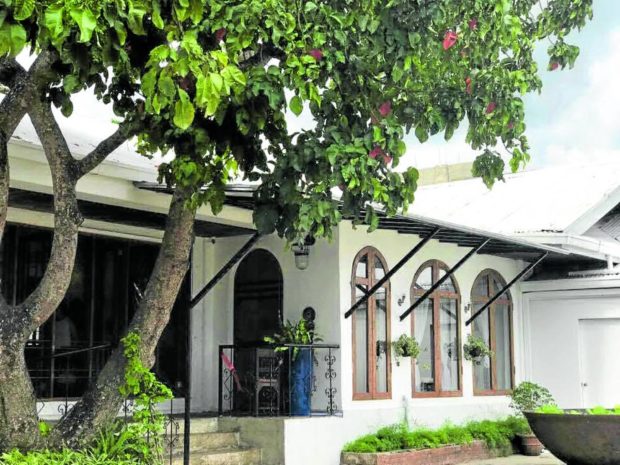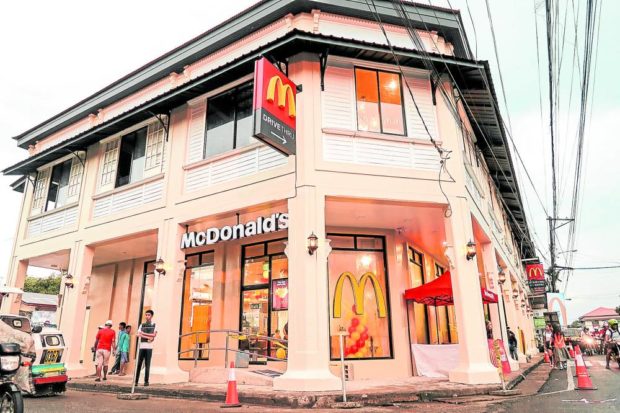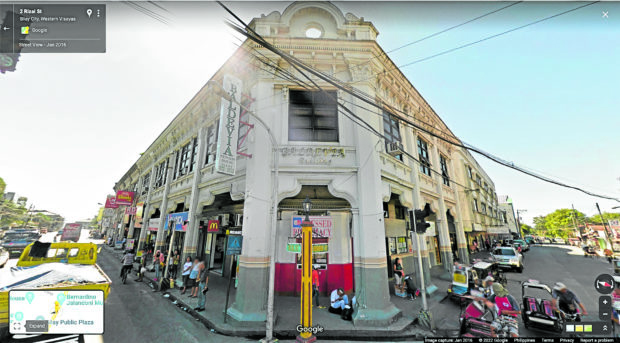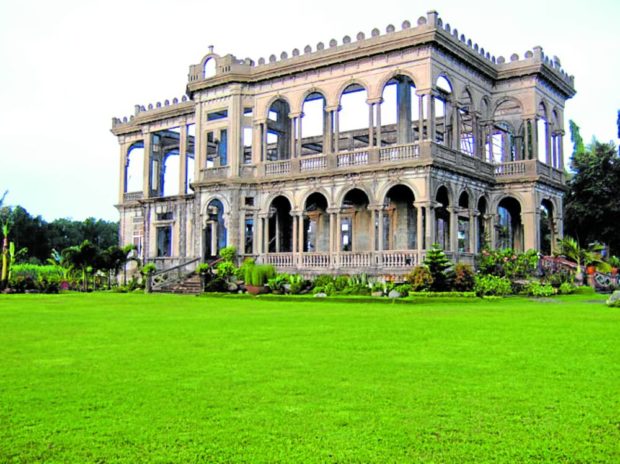Repurposing Negros’ heritage structures
They are known for their rich culture, artistic—and culinary—abilities, and their affinity for the finer things in life.
One needs only to take a stroll throughout the streets of Negros Occidental to find out how much Negrenses cherish arts and culture. Heritage structures and ancestral homes, which house modern-day shops and services, are a common sight. Silay City, in fact, has earned the nicknames “Paris of Negros” and “The Visayan Marseille” for having quite a number of perfectly preserved heritage buildings. In 1973, a portion of Silay was declared a national historical landmark.
Such is the Negrenses’ respect for culture and ancestry that heritage structures are repurposed and even improved, instead of being torn down, to keep up with the province’s changing needs. Breathing new life into these buildings has even benefited Negros and its people as it added value and made the province a destination of heritage tourism.
Here are some of Negros Occidental’s striking and renowned repurposed heritage structures.
Maria Kucina Familia
An old house that was converted into a restaurant, Maria Kucina Familia at 24th Street in Bacolod, has that homelike, inviting feel. Once inside, diners are reminded of the traditional Negrense mansions of old, from the hardwood furniture to the sliding glass doors and windows.
It features al fresco seating and a main dining area that spreads out to various quiet corners, giving diners a lot of options when it comes to seating. Private rooms—Red Room, Toy Room, Comedor, Terraza and Art Room—are also available for big groups and functions.
Article continues after this advertisementEl Ideal Bakery
One of the region’s oldest bakeshops, El Ideal Bakery on Rizal Street in Silay City seems like a time machine once you enter. Established in the 1920s, it occupies the ground level of the Cesar Lacson Locsin Ancestral House, a heritage structure as certified by the National Historical Institute (NHI). Its vintage lighting fixtures, simple flooring and walls, stained glass and capiz windows certainly give the establishment a truly nostalgic feel.
Article continues after this advertisementIn the late ’70s, a road widening project threatened to knock down a considerable portion of the ancestral house. The project was shelved after it was met with resistance from the residents of Silay, who submitted a petition to protect the city’s heritage structures.
Today, thanks to a declaration by the NHI, heritage buildings such as the Cesar Lacson Locsin Ancestral House are protected from such threats.
Antonio Novella Sian Ancestral House
Old school is definitely the new cool. And you can see it when you dine at this McDonald’s branch at the corner of Zamora Street in Silay City. Housed at the Antonio Novella Sian Ancestral House, this branch of the popular fast food chain comes complete with the traditional media agua, or window canopy that is characteristic of Spanish colonial homes, and sliding ventanillas, smaller windows beneath large ones that feature sliding panels.
A sprawling “streetwise townhouse,” its ground floor used to house a suite of shops—a local barber shop, a bakery and a convenience store. The upper level, meanwhile, served as the family residence of Antonio Novella Sian, until the family built a new home in Bacolod. The living quarters of the Sians’ former home was so spacious that the children could even ride their bicycles and play basketball indoors.
Baldevia Bldg.
Formerly known as Lino Lope Severino Bldg., the Baldevia Bldg., which majestically stands on Rizal Street corner Burgos in Silay City, used to accommodate Negros’ first department store. One cannot miss it for its intricate Art Deco architecture, especially its curved elements and the low-relief decorative panels around windows and along its roofs.
Today, the Baldevia Bldg. is used as a pension house, with a roast chicken shop, a pharmacy and a pawnshop at the ground level.
The Ruins
Built in the early 1920s and inspired by Italianate architecture, The Ruins in Talisay City was the ancestral mansion of Negrense sugar baron Don Mariano Ledesma Lacson and his first wife, Maria Braga Lacson. The two-storey structure—acclaimed as the “Taj Mahal of Negros”— was razed in the early part of World War II to prevent the Japanese forces from using it as their headquarters. It is said that it took three days for the fire to destroy the roof and the mansion’s thick wooden floors. The mansion’s entire skeletal frame remains intact to this day.
Although the mansion was never rebuilt, its remains became a popular tourist attraction and a favorite venue for wedding receptions and other big celebrations.
Sources: Bacolodfoodhunters.com, Lakadpilipinas.com, Theruins.com.ph, Inquirer Archives




